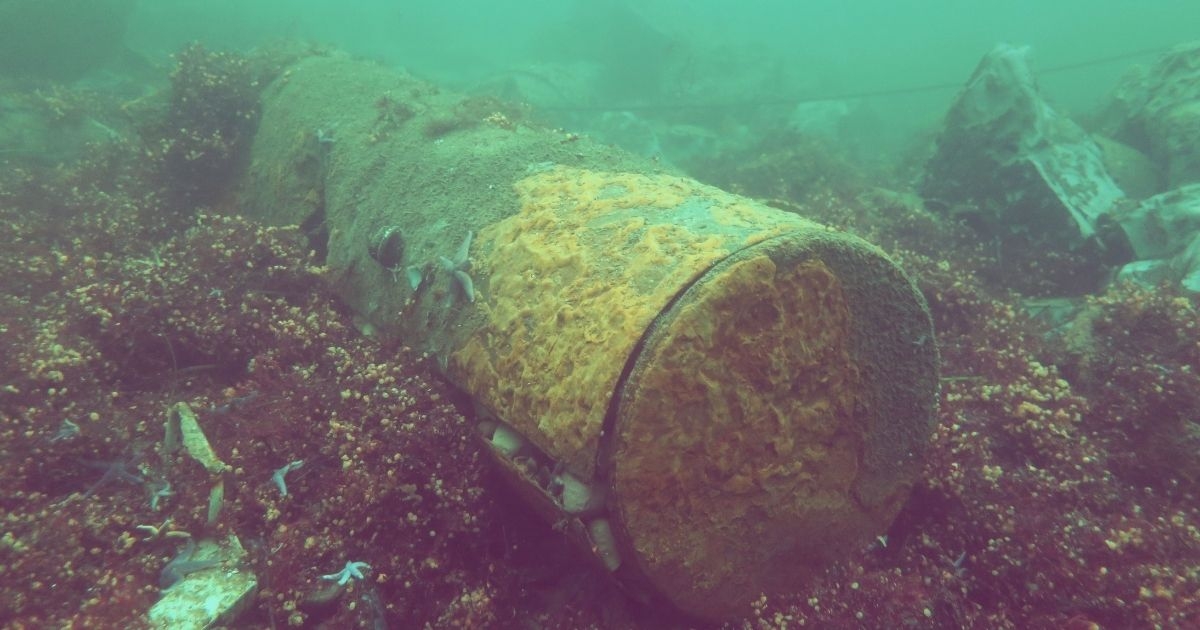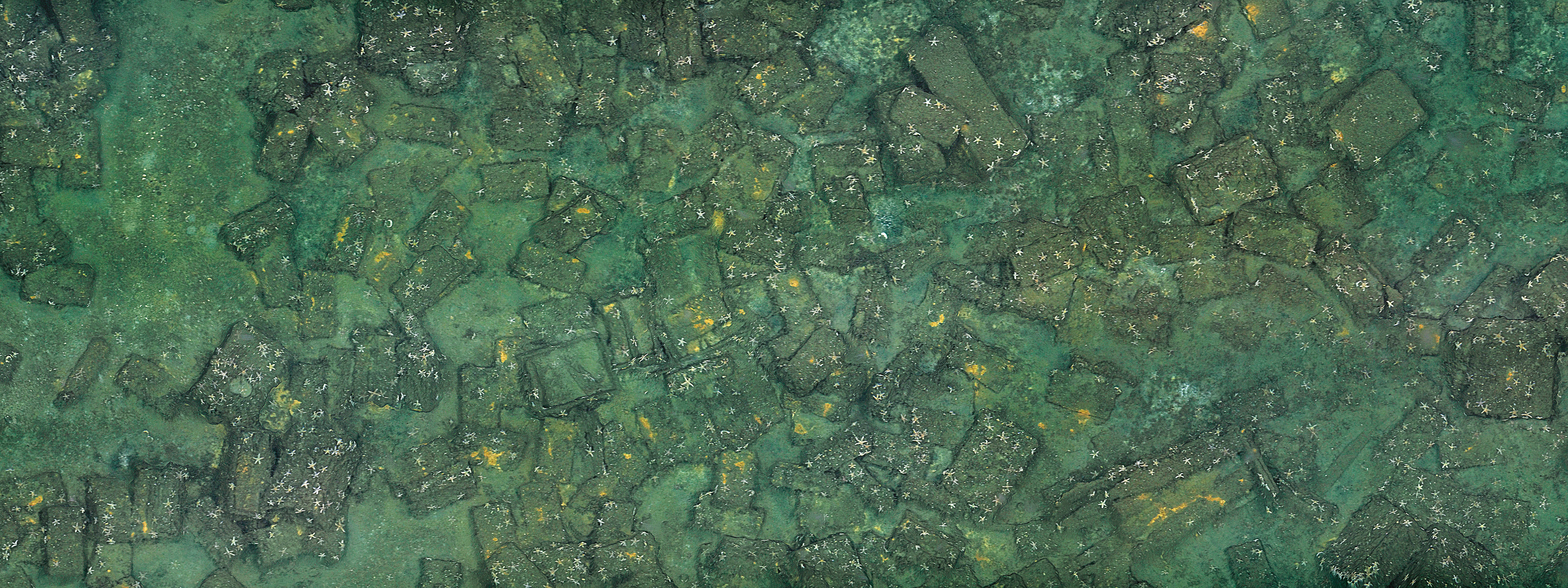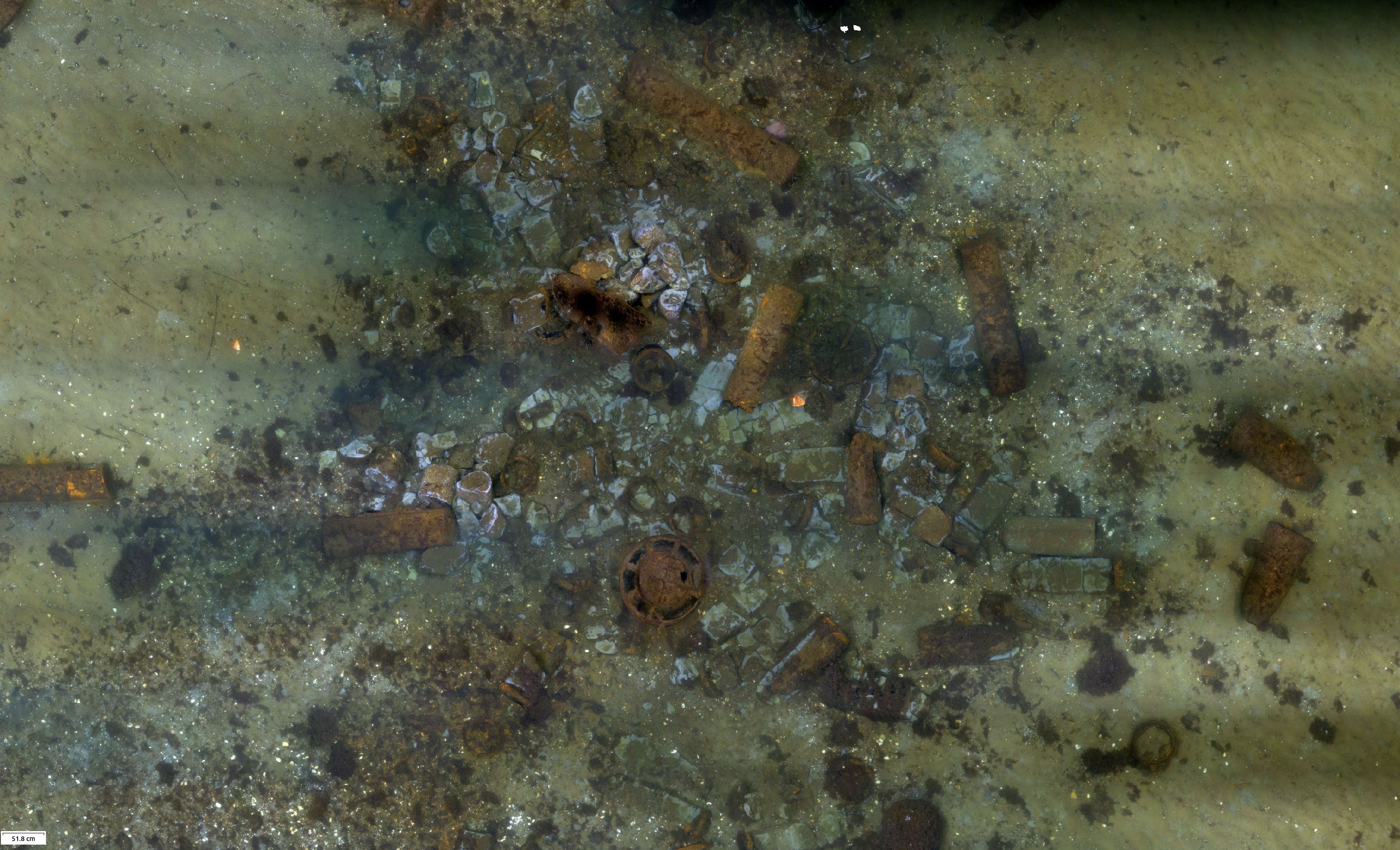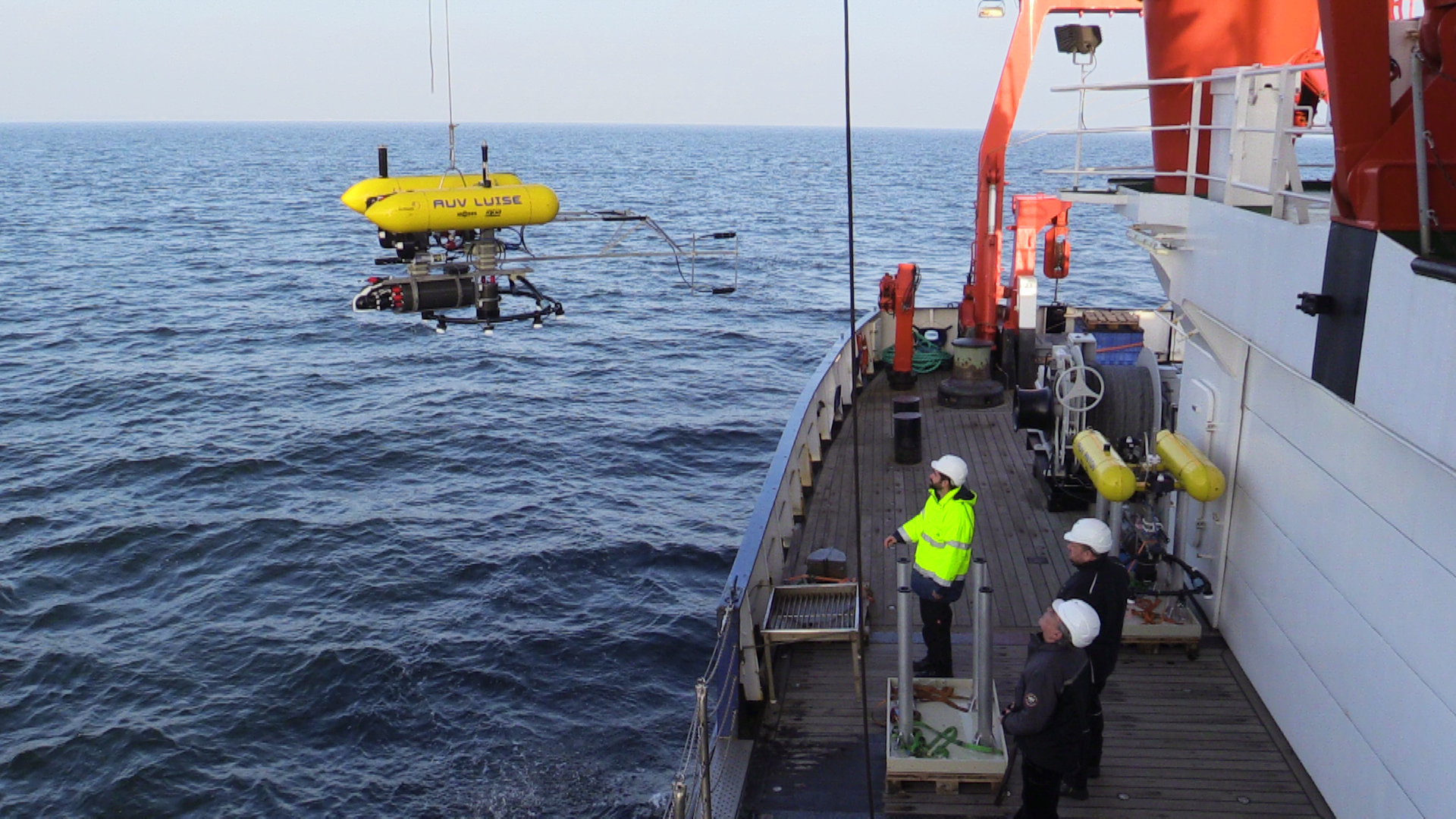New Research Network Tackles Ammunition Recovery in the Baltic and North Seas

A new research network of the German Marine Research Alliance collects existing knowledge on ammunition waste sites in the Baltic and North Seas and develops approaches for monitoring, recovery and disposal.
The project, which will run until 2024, is coordinated by GEOMAR Helmholtz Centre for Ocean Research Kiel and is funded with 4.8 million euros by the German Federal Ministry of Education and Research.
1.6 million tons of munitions from the First and Second World Wars still lie at the bottom of the German North Sea and the Baltic Sea. How dangerous is this legacy for the marine environment and us humans? The research network CONcepts for conventional MArine Munition Remediation in the German North and Baltic Sea (CONMAR), which has now been launched as part of the research mission “Protection and Sustainable Use of the Ocean” of the German Marine Research Alliance (Deutsche Allianz Meeresforschung, DAM), generates new knowledge about the looming risk, as well as strategies and approaches for action.
 Ammunition boxes at the bottom of the Baltic Sea. Photo: AUV Team GEOMAR
Ammunition boxes at the bottom of the Baltic Sea. Photo: AUV Team GEOMAR
To this end, experts from the Alfred Wegener Institute, Helmholtz Centre for Polar and Marine Research (AWI), the Thünen Institute, the Institute of Toxicology at the University Medical Center Schleswig-Holstein (UKSH), Senckenberg – Leibniz Institution for Biodiversity and Earth System Research, the University of Rostock, the German Environment Agency, the Global Climate Forum, the Leibniz Institute for Baltic Sea Research (IOW) and the software company north.io are closely working together. The German Federal Ministry of Education and Research (BMBF) is funding the research alliance with 4.8 million euros.
“The later we start to act, the bigger the danger,” emphasizes Professor Dr. Jens Greinert, coordinator of the collaborative project and head of the Deep-Sea Monitoring working group at GEOMAR. “The different types of munitions corrode and decompose. They are a risk for public safety, fisheries, tourism, or even for dredgers or construction companies in coastal areas, where munition has to be cleared continuously. In particular, we want to investigate how chemical compounds from the explosives, including carcinogens, are released and to what extent they enter the marine food chain.”
 Photo mosaic of ammunition at the bottom of the Baltic Sea, created with the help of the autonomous underwater vehicles AUV ANTON and AUV LUISE. Photo: AUV Team GEOMAR
Photo mosaic of ammunition at the bottom of the Baltic Sea, created with the help of the autonomous underwater vehicles AUV ANTON and AUV LUISE. Photo: AUV Team GEOMAR
From various research projects, the polluted areas and the consequences of the spread of pollutants are now quite well known, especially in the Baltic Sea, Professor Dr. Greinert said. “We will compile this knowledge and make it available to policymakers and industry. In addition, it is important to develop concrete approaches for monitoring and remediation and to move them towards implementation. CONMAR's transdisciplinary approach helps all key stakeholders to jointly take this urgently needed step.” CONMAR will initially focus on the Baltic Sea because the level of knowledge there is already high. Exploratory investigations will also be carried out in the North Sea in order to obtain reliable information there as well. The consortium can build on a range of previous and ongoing projects for the technical development of working methods and new types of equipment.
 During the ALKOR expedition AL548 in autumn 2020, the autonomous underwater vehicles AUV ANTON and AUV LUISE (picture) were used to create high-resolution photo mosaics of areas with munitions waste in the Baltic Sea. Photo: Torsten Frey, GEOMAR
During the ALKOR expedition AL548 in autumn 2020, the autonomous underwater vehicles AUV ANTON and AUV LUISE (picture) were used to create high-resolution photo mosaics of areas with munitions waste in the Baltic Sea. Photo: Torsten Frey, GEOMAR
With this approach, the joint project contributes directly to the goal of the mission “Protection and Sustainable use of the Ocean” of the German Marine Research Alliance, which aims to develop concepts for reducing pollutants in the sea. Effects of climate change, such as the accelerated erosion of munition shells due to increased water movements caused by more frequent storms, are also being investigated. In addition, there are links to the other collaborative projects within the DAM mission, such as CoastalFutures regarding prognostic modelling of the distribution of explosive compounds under changing climate conditions, and CREATE regarding various ecosystem and multi-stressor studies. In general, CONMAR will be very involved in the joint stakeholder dialogue of the DAM mission.
The DAM mission “Protection and Sustainable Use of the Ocean”:
The research mission “Protection and Sustainable Use of the Ocean” of the German Marine Research Alliance (Deutsche Allianz Meeresforschung, DAM), investigates both impacts of the use and effects of protection concepts for the sea and the coast. Two pilot projects and five collaborative projects investigate the ecological, economic and social impacts of pressures on the North Sea and the Baltic Sea in a broad transdisciplinary research approach. The aim is to create a scientifically sound basis for decision-making for politics, authorities and the economy.

